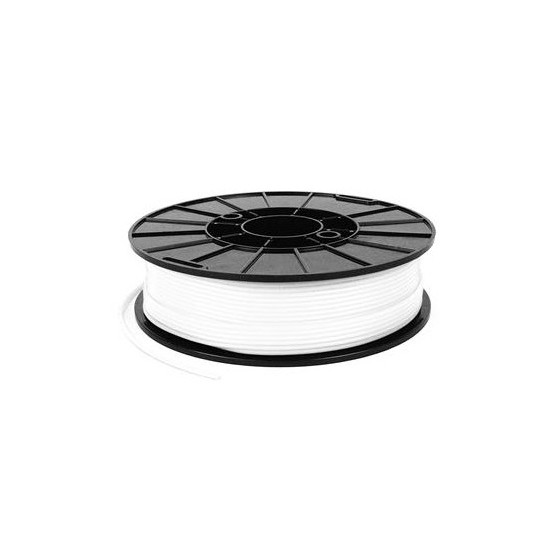w3c





Open a world of possibilities, limited only by your imagination. NinjaFlex, a cutting-edge filament for 3D printers, is a specially formulated thermoplastic elastomer (TPE) that produces flexible prints with elastic properties. Patent pending technology allows for smooth feeding and clean, high-quality printed parts.
NinjaFlex's unique flexibility and smooth feeding characteristics enable you to create in ways you never thought possible.
Have a question on NinjaFlex? Read our Frequently Asked Questions below
Extruders that utilize a spring loaded roller bearing to create pressure against the extruder drive gear. Because of its flexibility, the filament must also be supported between the exit of the drive gear and the entrance to the melt chamber. A good example of this type of extruder mechanism is shown here: http://www.thingiverse.com/thing:147518
NinjaFlex bonds well to most surfaces (including aluminum and glass), so coating the build platform is not necessary. Kapton tape can be used with NinjaFlex, but the adhesion of the printed part to the tape may be stronger than the adhesive holding the tape to the build platform.
While the low coefficient of friction surface of NinjaFlex has been formulated to reduce surface tack and allow the filament to feed more easily, the use of PTFE guide tubes may be beneficial to further reduce pull at the extruder.
Although NinjaFlex does not contain BPA or other toxins, it is not recommended for food contact applications.
NinjaFlex generally works well at similar extruder settings to ABS, however adjusting the printers retraction settings can improve stop/start print quality.
When switching from another polymer (such as ABS or PLA) purge thoroughly before starting a print. As with other materials, when preheating, use a lower temperature (~180-200°C) to prevent excess material from draining prior to starting a print.
NinjaFlex should be used in a well-ventilated area according to recommended operating conditions. TPE products are capable of releasing small amounts of fumes at high temperatures. While these fumes are generally considered tolerable and less noxious than ABS, care should be taken to minimize exposure, particularly among sensitive persons.